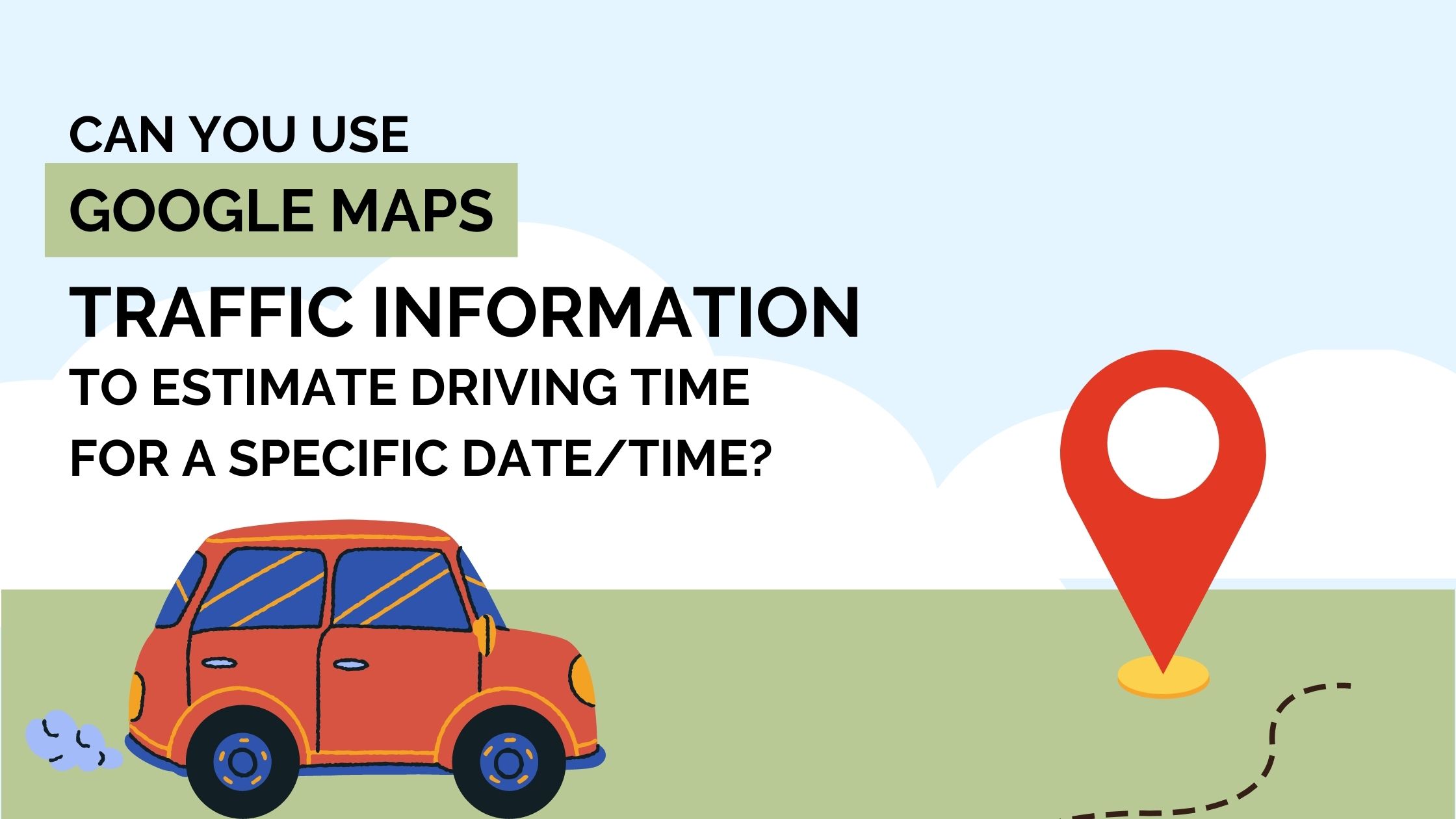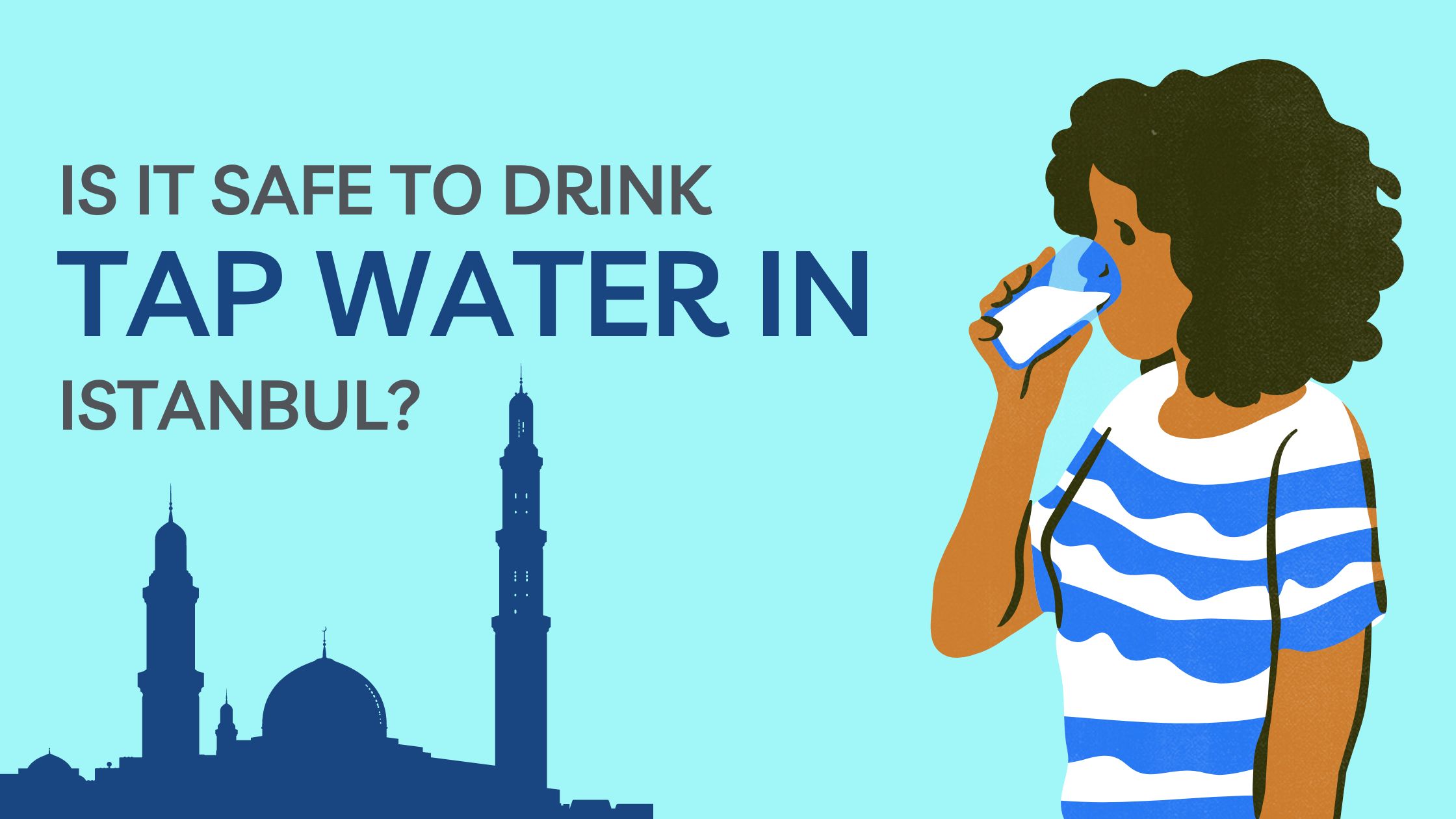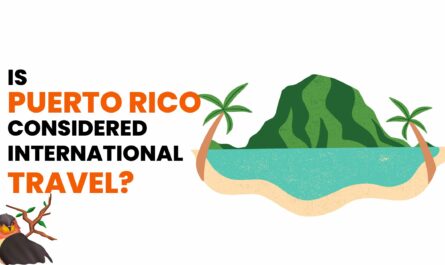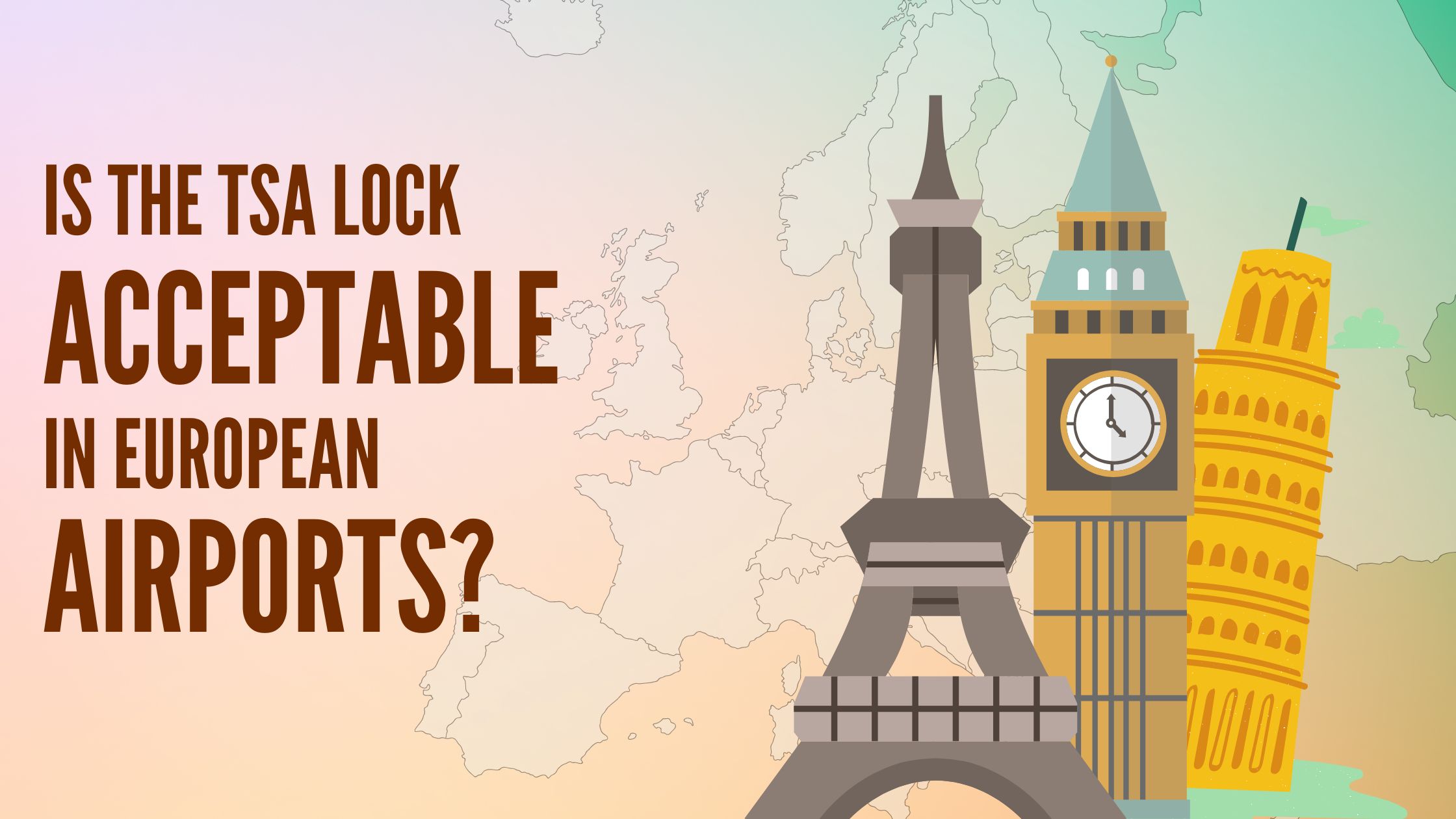Have you ever wondered if you could use Google Maps traffic information to estimate driving time for a specific date and time?
Maybe you’re planning a road trip, or you want to know how long your daily commute will take during rush hour.
In this article, we will explore whether it’s possible to use Google Maps traffic information to estimate driving time for a specific date and time.
Can You Use Google Maps Traffic Information To Estimate Driving Time For A Specific Date/Time?
Yes, you can use Google Maps traffic information to estimate driving time for a specific date and time. With just a few simple steps, you can get an accurate estimation of how long your journey will take for a specific date/time.
Here’s what you need to do:
- Open Google Maps on your computer or mobile device.
- Click on the “Directions” button and enter your starting and ending locations.
- Click on the “Depart at” or “Arrive by” button to select the date and time you want to travel.
- If you choose “Depart at,” enter the date and time you plan to start your journey. If you choose “Arriveby,” enter the date and time you need to arrive at your destination.
- Click the “Traffic” button to toggle traffic conditions on or off.
By using Google Maps’ traffic information, you can get an estimate of how long it will take to complete your journey based on the specific route you choose and any potential delays caused by traffic congestion or accidents along the way.
Can Google Maps Show Traffic At Different Times?

Photo by henry perks on Unsplash
Yes, Google Maps can show you traffic at different times along your travel route. The app utilizes aggregate location data and historical traffic patterns to determine when the roads are busiest or quietest. It allows you to plan your trip in a more precise manner.
By using this feature you can make sure you’re on the road when traffic is lightest.
To access this feature, you must input your desired destination into Google Maps and select “traffic” from the options menu.
You’ll then be presented with an estimated time frame for when traffic will be heaviest or lightest based on current conditions.
With this useful tool, you can plan your trips accordingly so that you don’t get stuck in gridlock!
How Does Google Maps Know Traffic?
The answer lies in machine learning and data sources. Google Maps uses machine learning to combine various data sources — including publicly available aggregate location data, historical traffic patterns, local government data, and real-time feedback from users — to make informed predictions about future traffic conditions.
Google also uses artificial intelligence (AI) algorithms to analyze large amounts of data quickly and accurately. This helps them determine the best route for drivers based on current traffic conditions.
For example, if there’s a traffic jam on one route but not another, AI can suggest that drivers take the less congested route.
Google Maps also tracks individual user data to make more accurate predictions about future traffic patterns.
By analyzing the speed, location, and time of day for each driver, Google can paint a clearer picture of expected traffic in any given area.
In addition, Google takes into account events such as holidays or conferences that may affect traffic flow.
All these elements help build an in-depth understanding of real-time road conditions and enable Google Maps to provide timely travel estimates so drivers can plan their trips accordingly.
How Does Google Maps Detect Traffic?

Photo by Denys Nevozhai on Unsplash
Google Maps gives you accurate and reliable real-time information about traffic conditions on roads, highways, and other routes. This is made possible through its crowdsourcing feature. It is a feature that collects data from users who have toggled their location setting to ‘on’ in the Google Maps app.
Using an algorithm that combines various data sources such as sensors installed by road authorities and anonymous user movements, Google Traffic can detect traffic jams or slowdowns along any given route in a specific area.
It then uses this information to create color-coded visuals on the map itself with each color indicating the current speed of travel (green: no traffic; red: heavy traffic).
This information allows users to adjust their routes according to current traffic conditions so that they can reach their destination faster.
It also helps Google provide more accurate travel times and estimated arrival times so that users can plan their trips accordingly.
By using crowdsourced data from its own users, Google has allowed for improved accuracy in traffic monitoring and navigation, helping millions of people get to where they need to go faster and safer.
How Does Google Maps Know About Speed Traps?
Google Maps uses user-generated content to identify speed traps and other potential hazards on the road. When users encounter a speed trap, they can report it on the Google Maps app by tapping the “+” icon on the bottom right-hand corner of the screen and selecting “Add a report.”
From there, they can select “Speed trap” and add a brief description of the location.
Google Maps then uses this information to provide real-time alerts to other users in the area.
If a user is approaching a reported speed trap, they will receive an audible alert as well as visual warnings on the map.
This allows users to stay informed and safe while driving, as they can be aware of potential speed traps before they enter the area.
So the next time you see a speed trap on Google Maps, you’ll know how it got there!
With user-generated content being so important in this process, it’s essential that people continue to report speed traps when they encounter them.
By doing so, we can all keep each other safe while on the road.
How Does Google Maps Know About Road Closures?
The answer lies in a combination of automated and user-generated data. Google Maps receives automated data feeds from transportation agencies and other sources to alert users to planned road closures, construction projects, and other traffic disruptions. This information is often published in advance.
It also allows Google Maps to provide users with a warning and suggest alternative routes if necessary.
User-Generated Data
Besides receiving automated data from external sources, Google Maps also relies on user-generated content to identify road closures or other disruptions that are not listed on official websites.
This can include reports of traffic accidents, road construction work, or any other unexpected disruption that affects travel.
Thanks to this combination of automated and user-generated data, Google Maps provides users with an up-to-date and accurate overview of their surroundings.
So the next time you’re planning a route, rest assured that Google Maps has got your back!
How Does Google Maps Know There Is An Accident?

Google Maps uses crowdsourcing to know about an accident. Whenever a person using an Android phone or Google Maps app reports an accident, this information is fed into the algorithm which aggregates the data to detect any potential traffic delays.
As more people report accidents and slow-moving traffic, Google can accurately predict where there are potential delays due to congestion or roadblocks.
Google also uses Anonymous Location History to keep track of how many people are on the road at any given time.
This data is used to assess current levels of traffic congestion, enabling it to identify areas where there may be an accident or a slowdown due to heavy traffic.
By combining these two sources of data, Google can provide users with up-to-date information about potential road delays and accidents in their area.
This helps commuters plan ahead and avoid getting stuck in traffic.
Can Google Maps Tracking Be Wrong?
Yes, although Google Maps is a powerful, efficient, and reliable tool, its tracking can be wrong sometimes. If you’re in an area with weak signals or too many tall buildings, then it can affect the accuracy of the map’s readings.
Additionally, if the device isn’t properly calibrated, this could also lead to incorrect readings from Google Maps.
Another cause of incorrect tracking is inaccurate data in the map itself. This could include outdated street names or even incorrect markers for places like restaurants and gas stations.
In these cases, you may have to adjust the map or find another source of information.
Traffic conditions can also lead to inaccurate tracking. If there’s a lot of traffic on your route, then it could affect the accuracy of the directions given by Google Maps.
Additionally, if traffic is constantly changing over time, this could make it difficult for the mapping system to keep up with all the changes and provide accurate tracking.
Finally, user error can also be an issue when it comes to incorrect tracking.
If you accidentally enter the wrong address or destination into Google Maps, then it will give you inaccurate directions and cause problems with your tracking.
Conclusion
In conclusion, while Google Maps traffic information can be a helpful tool for estimating driving time, it’s not always reliable for predicting travel times on a specific date and time.
Factors such as accidents, road closures, and unexpected events can significantly impact traffic conditions and driving times, and even Google Maps’ real-time traffic updates may not be able to account for these factors accurately.
However, by using the app’s “departure time” feature, which allows you to specify a date and time, you can get a reasonably accurate estimate of how long your journey will take.
It’s essential to keep in mind that the accuracy of the estimate will depend on how current and reliable the app’s traffic data is at the time.







